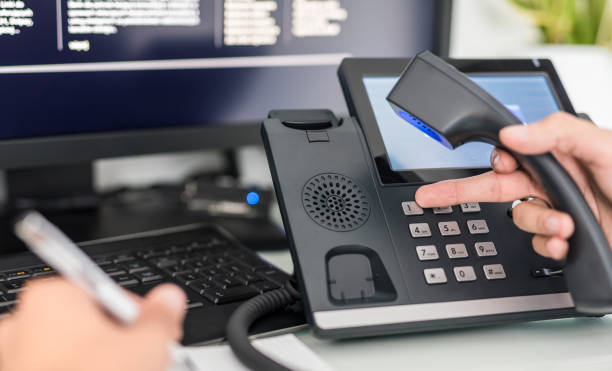Teams vs Zoom vs Meet
As the government announces an end to all legal restrictions relating to Covid, it’s interesting to look back at the last two years and consider how...
2 min read
Your Comms Group : Apr 25, 2022 3:51:14 PM

By now there can’t be many of us who haven’t seen the upsetting images and news footage coming out of Ukraine as Russia continues its attacks on the country’s key cities.
The battles in the streets and in the countryside surrounding cities such as Kyiv are being fought by soldiers using conventional weaponry, vehicles and equipment, but at the edges, in strategy rooms and in shelters and homes, the humble mobile phone is also playing a key role on both sides of the conflict.
One of the biggest surprises for military analysts has been Russia’s apparent reluctance to take out Ukraine’s mobile technology infrastructure – the cell sites that form the network of coverage across Europe’s second largest country.
It’s thought that part of the reason for that is that Russia, expecting to win the war it launched a month ago, wanted a fully functioning mobile network once it occupied its neighbour.
But defence experts believe that, in larger part, the reason for not targeting Ukraine’s network capability is that it can be covertly used tactically for espionage and military strategy.
In the case of Russia, experts believe drones are being reconfigured to behave in the same way as cell site transmitters, duping mobile handsets within a drone’s transmission radius to lock onto it.
By triangulating this activity it’s thought Russia’s military commanders are able to use mapping technology to identify handsets that are likely being used by Ukrainian soldiers – allowing them to coordinate targeted missile strikes.
There are also reports that some of the more advanced drone technology may even be able to hack into a device's internal GPS tracking system, making it even easier to pinpoint military positions with a high degree of accuracy.
But, of course, this works both ways, and the death of at least one of the several high profile Russian generals reported to have been killed at the front has been attributed to the Ukrainian military using the same technology and the same strategies.
So, on the one hand, mobile phones are being weaponised by both sides in the war to gain strategic advantage, but on the other they are now also the lifeline that’s helping Ukrainian refugees fleeing the war zone to assimilate into life in neighbouring countries.
Many news outlets reporting on the human tide of refugees arriving in Poland (particularly), Moldova, Romania, Hungary and Slovakia have highlighted the presence of those country’s mobile providers meeting incoming Ukrainian people and handing out free sim cards.
All those being handed out have free EU-wide call minutes and browsing data allowance pre-loaded, meaning people who would otherwise be cut off from most of what’s familiar to them are able to reach out to friends or family living elsewhere in Europe and can keep up with what’s going on in the villages, towns and cities of their homeland.
Crucially, in terms of how Western society forms its view of events on Ukraine’s eastern, southern and northern borders, the donated mobile tech has also enabled refugees to sustain the social media narrative that challenges the propaganda being churned out of Moscow.
Telegram group chats have germinated freely among communities inside and outside Ukraine, giving those absent the means to check in with those who remain.
And with Elon Musk also activating Starlink satellites to ensure continuity for Ukraine’s communications infrastructure should the embattled Vladimir Putin decide to go for a terminal end to the invasion and cripple existing cell and satellite installations, the resilience of mobile technology has become one of the defining axes on which the war in Ukraine is balanced.
We have long known that the power of the small device that 99% of us carry with us every day far exceeds anything we may have imagined even 5 years ago. That it is now having a material effect on shaping the outcomes and consequences of war makes you wonder how we might re-tool its purpose in the future to influence the greater good in the future.

As the government announces an end to all legal restrictions relating to Covid, it’s interesting to look back at the last two years and consider how...

For something that was originally created as a way to save money on long-distance and international phone calls, Voice over Internet Protocol (VoIP)...

The Internet of Things (IoT) has appeared as an important force for connecting devices and systems to promote seamless communication and data...